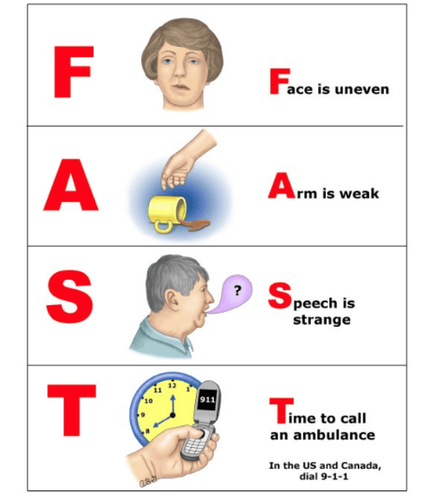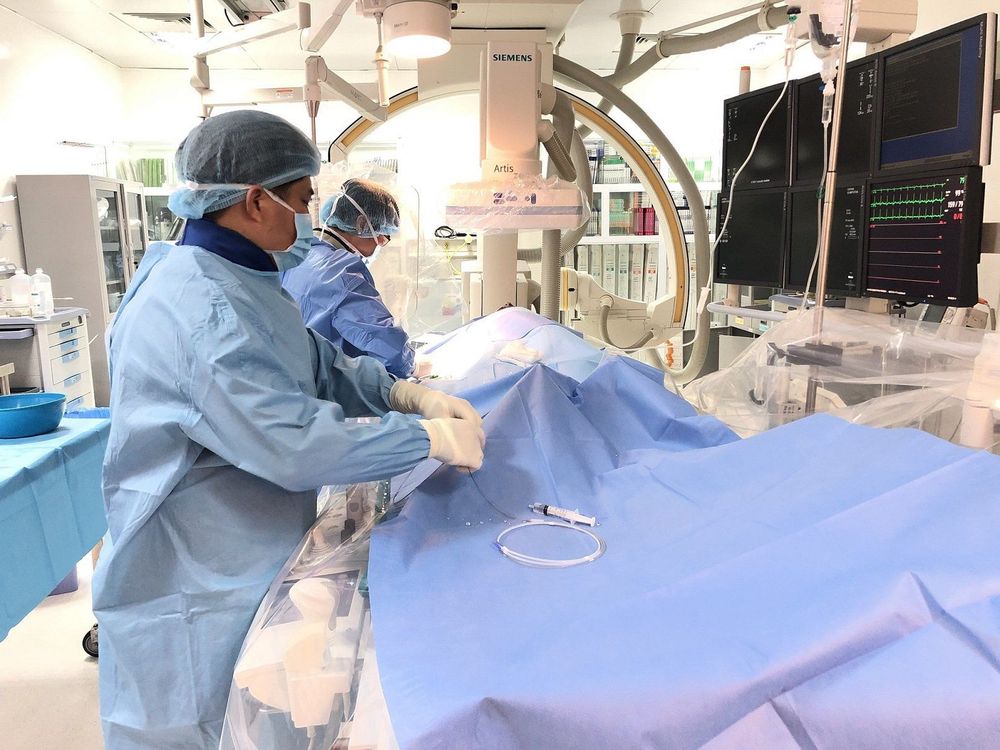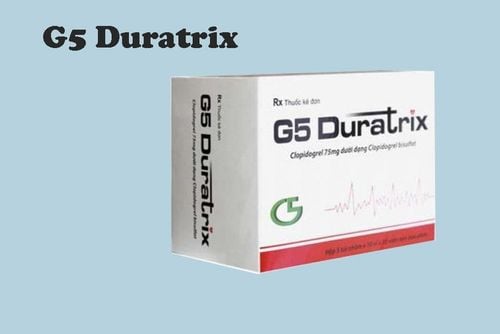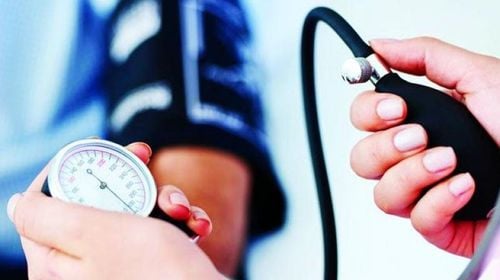This is an automatically translated article.
Posted by Doctor of Emergency Department - Vinmec Times City International General Hospital
Transient ischemic attack has symptoms similar to a stroke but has not damaged or destroyed the brain. Therefore, it is difficult to distinguish a patient with a transient ischemic attack or an acute stroke. In this case, the patient should be closely monitored to limit possible sequelae.
1. What is a transient ischemic attack?
Transient ischemic attack (TIA), also known as a transient ischemic attack, is similar to a stroke with symptoms similar to a stroke but has not yet caused a stroke. destructive brain damage. A transient ischemic attack occurs when an artery in the brain becomes blocked or blocked and then reopens on its own. This phenomenon can also occur when a blood clot causes an obstruction and then migrates to another location
Symptoms of a transient ischemic attack resemble those of an acute stroke and may occur. include the following symptoms:
Weakness or numbness in hands, tongue, cheeks, chin, face, arms or legs Difficulty speaking normally or quietly Blurred vision may occur in 1 or both eyes In Acute cerebral stroke symptoms of stroke persist while in transient ischemic attack the symptoms disappear quickly.

Người bệnh có thể nhìn không rõ có thể xảy ra ở 1 hoặc cả 2 mắt
2. What is the difference between a transient ischemic attack (TIA) and an acute stroke?
In TIA there is no permanent brain damage while in acute stroke there is permanent brain damage, however the initial symptoms are the same and it is difficult to tell the patient that the disease patients with transient ischemic attack or acute ischemic stroke.
3. What causes a TIA?
Like an acute stroke, a transient ischemic attack can occur when an artery supplying blood to the brain is blocked for a short time. This can happen when a blood clot travels through an artery to the brain, blocks it, and then dissolves on its own or travels away. TIAs can also occur when the small arteries of the brain begin to become blocked as a result of increased pressure (hypertension).4. How to let people know if someone has a transient ischemic attack?
There is a very easy way to remember the signs of a stroke, which often appear suddenly with 4 characteristic signs including the following:
Face : Look at both sides of the face. asymmetrical or sagging on one side of the face Arm (Arm): Does the patient have weakness or numbness in one or both arms? Does the patient's arm drop when attempting to move? Speech : Does the patient have difficulty speaking? do you speak unusual languages? Time is golden (Time): If you notice any of the above signs, it is necessary to immediately call an ambulance (dial 115) and take the patient to the hospital for timely examination and treatment. Minimize stroke sequelae (the sooner the better). The above 4 remarkable expressions can be combined in an easy-to-remember word, "FAST" in English, "FAST" as follows (Figure 1)

Các biểu hiện của cơn đột quỵ não cấp
5. What is the risk of an acute stroke after a transient ischemic attack?
A person who has previously had a transient ischemic attack has a very high risk of an acute stroke. This risk is highest in the first few days to weeks after a transient ischemic attack. This is why a person with or suspected of having a transient ischemic attack needs close monitoring from loved ones as well as medical staff.
6. How to treat transient ischemic attack?
TIAs usually do not require immediate treatment; however, the focus should be on treating the risk factors that predispose to progression to an actual acute stroke. To reduce your risk of stroke, you need to: Adhere to taking prescription medications, which play an especially important role in preventing acute stroke. Another way to prevent ischemia is to have surgery or a procedure to re-open a narrowed artery in the neck, a type of treatment that's only available to a very small number of patients.

Phẫu thuật thông động mạch bị hẹp ở vùng cổ được chỉ định cho một số trường hợp đặc biệt
Vinmec International General Hospital currently owns a 3.0 Tesla MRI System, which is equipped with state-of-the-art equipment by GE Healthcare (USA) with high image quality, allowing for a comprehensive assessment, without omitting the injury without leaving any damage. and reduce shooting time. Silent technology helps to reduce noise, create comfort and reduce stress for the client during the shooting process, resulting in better image quality and shorter imaging time. With the state-of-the-art MRI system With the application of modern methods of cerebral vascular intervention, a team of experienced and well-trained neurologists and radiologists, Vinmec is a prestigious address for stroke risk screening and screening. reliable goods.
In the past time; Vinmec has successfully treated many cases of stroke in a timely manner, leaving no sequelae: saving the life of a patient suffering from 2 consecutive strokes; Responding to foreign female tourists to escape the "death door" of a stroke ;...
Please dial HOTLINE for more information or register for an appointment HERE. Download MyVinmec app to make appointments faster and to manage your bookings easily.













